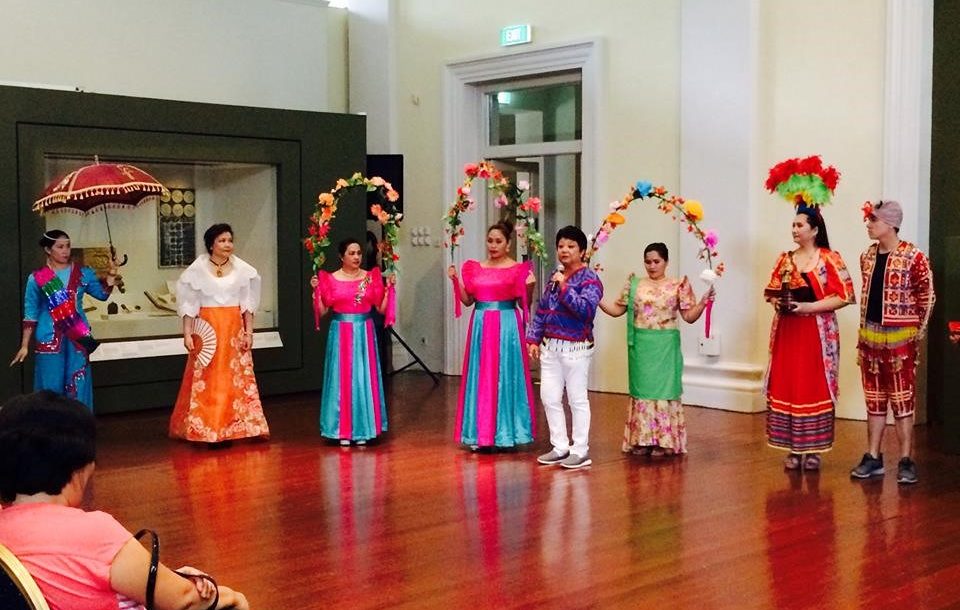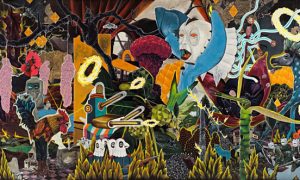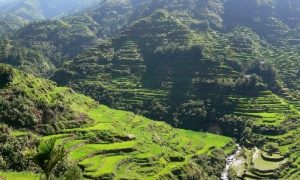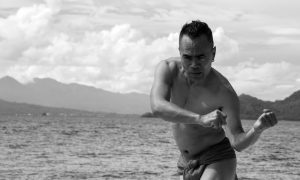Cheers, rhythms, claps, whirling colours and an urge to dance are not what usually greets you when you enter a museum. However, Singapore’s Asian Civilisations Museum was ablaze with colour, culture and sound for the Love, Light, Living festival. The festival celebrates Singapore’s Filipino and Eurasian cultures.
The Asian Civilisations Museum is a wonderful resource in Singapore. It displays the diversity and visual beauty of culture with insight and nuance. So having only half a day in Singapore on my way back from the World Archaeological Congress in Kyoto, I knew where I was going to spend it.
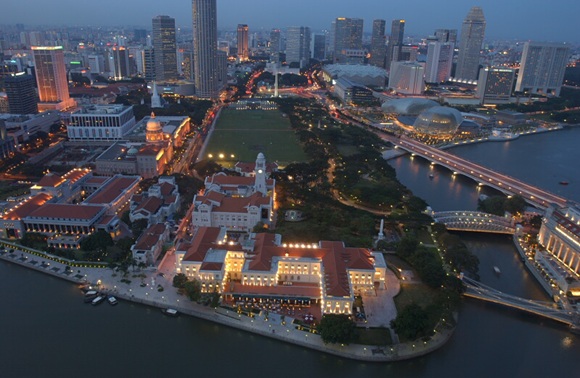
Asian Civilisations Museum Singapore (http://acm.org.sg/about-acm)
That Sunday was a celebration of Filipino intangible cultural heritage. Intangible cultural heritage is the important stuff that isn’t buildings, things like dance, clothing, food and ritual traditions. Like old buildings these traditions have a deep connection to the past. They inform the present, helping us to make sense of our place in the world. Intangible heritage is embedded and embodied by the whole population, unlike political histories and national heritage monuments which tend to emphasise either individual often questionable leaders (of which the Philippines has had more than its fair share) or sites of single political events. Intangible heritage is more about people’s lives, inter-generational knowledge and how they relate themselves to their world.
The Love, Light, Living Festival celebrates Singapore’s Filipino and Eurasian cultures. This festival is extremely significant, especially for Singapore’s Filipino community who often lack official acknowledgement, and political voice. As a result of Chronic unemployment in the Philippines many young women, often holding tertiary qualifications, are forced to seek domestic staff positions in Singapore to support their families. Too often this community is typified as temporary aliens, without a place in the multi-ethnic state. A particular controversy arose in 2014 when Philippines Independence Day celebrations being held at local shopping centre were threatened with violence. These issues make the festival an important, inclusive and empowering recognition of Singapore’s Filipino community. History, heritage and the performance of tradition always have a political dimension. Here the political message is clear, the Filipino community have an equal place amongst the other ‘Asian Civilisations’ celebrated in the Museum, that Filipinos can be proud of their traditions, their history and diversity.
The dancers celebrated different cultures from across the Philippines. There were dances from the Southern Philippines, – Mindanao, with their deep continued cultural connections to Indo-Malay world across the Sulawesi and Sulu Seas. Their dances are filled with important hand movements that show the story being danced. The occasional well-placed foot-stomp emphasised important parts of the musical narrative.
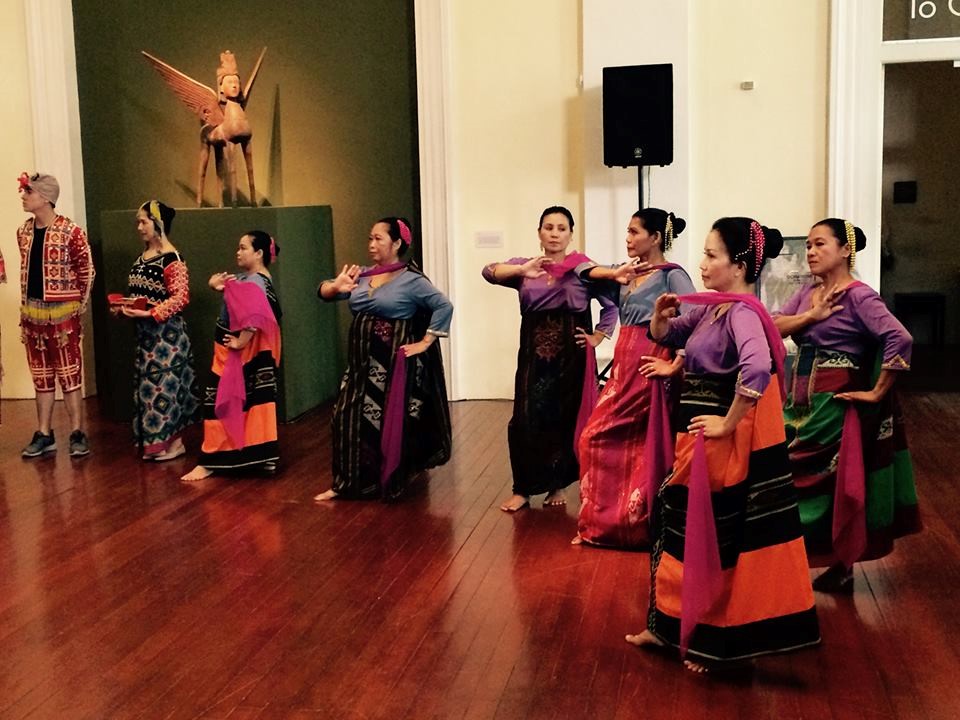
Michael Leadbetter 2016
The dances are also important performative acts of worship, the dancer from Cebu carrying before the dancing procession the Virgin Mary, blending Southeast Asian culture with a Spanish/Italian interpretation of an appropriated Middle Eastern religious tradition. (It is perhaps something of an irony that two of the Philippines’ largest and too-often competing religions, Christianity and Islam, originate in the Middle East.)
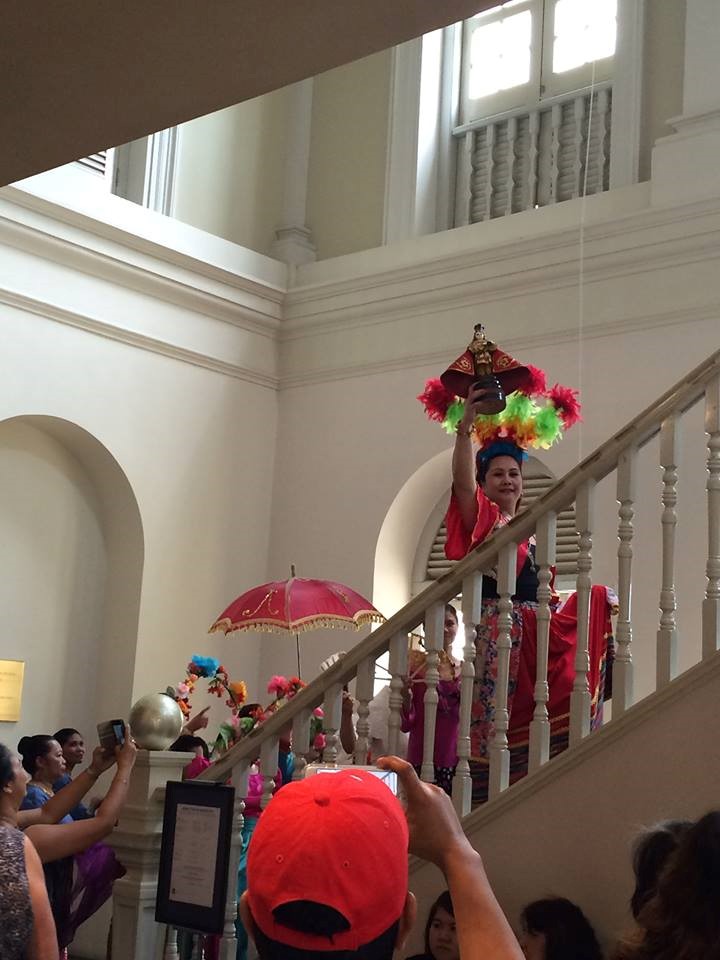
Michael Leadbetter 2016
The final dances came from North and South Luzon. These illustrated the connections between the Philippines, Spain and China. Male dancers were wearing the Barong Tagalog, a semi-transparent shirt made from pineapple or banana fiber. According to oral tradition the transparent fabric was encouraged by the colonising Spanish to prevent the concealing of weapons. Today the shirt is worn at formal occasions, a must even for female and male presidents.
The women wore bright skirts and danced with bright Chinese silk shawls to the beat of tambourines and the rhythm of castanets. Sweeping past with outstretched shawls gliding between each other like birds, you can see a video by clicking here. This dance became popular at formal events during the Spanish colonial era. Many of these dances are acts of identity and celebration despite their origins in times of political and social oppression.
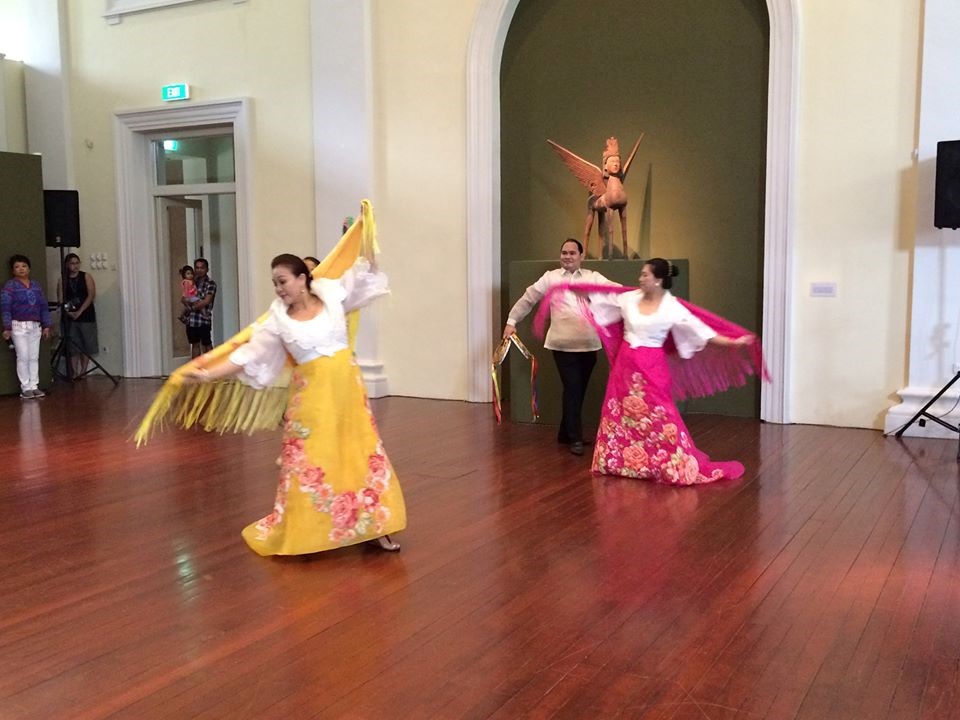
Michael Leadbetter 2016
Some of the traditions are more recent, but like the colonial dance have a sinister history at odds with their bright pink colours. Imelda Marcos made popular the pink horned (butterfly) dress, or ‘mestiza’. Imelda Marcos in particular encouraged a close relationship between the national purse and her future costume museum.
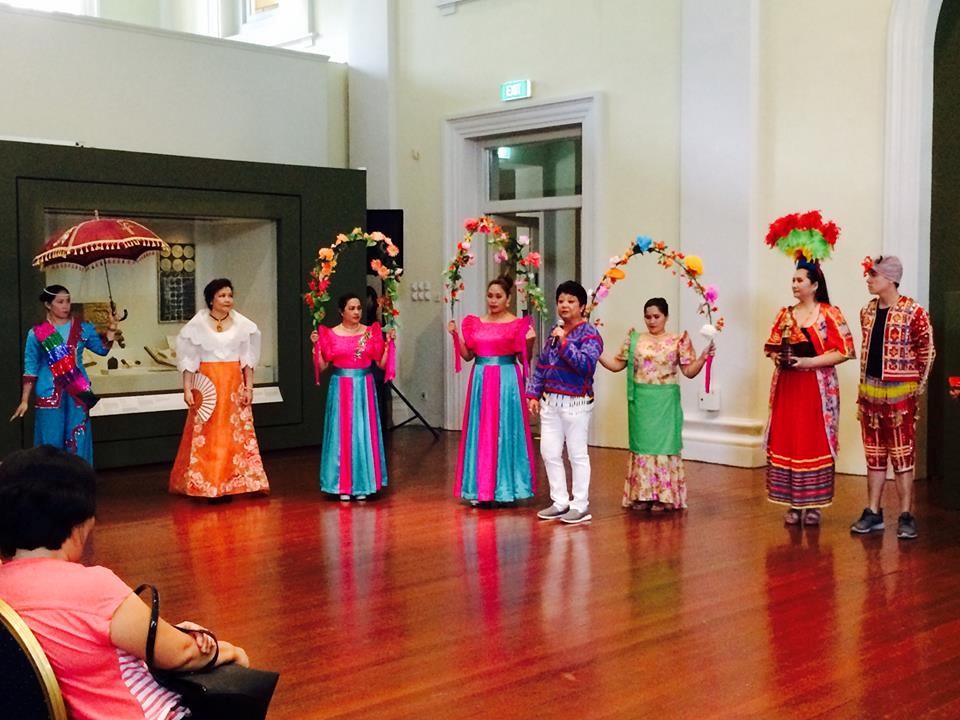
Michael Leadbetter 2016
I admire the diversity of the dances. So often cultural performances become standardised, nationalised, i.e. -this is the dance of the Belgians, this is their cultural dress etc. However, the dancers at the Asian Civilisations Museum not only explored the huge variety of Filipino cultural dance but celebrated the many cultures of the Philippines.
Connections and relationships are at the heart of the dances. Connections between people and their history, and between the Philippines and its neighbours, the Philippines and the world. We tend to think of the past as a separate place, and if that is true these traditions bring the past and present together.
 Facebook
Facebook  Twitter
Twitter  Soundcloud
Soundcloud  Youtube
Youtube  Rss
Rss 